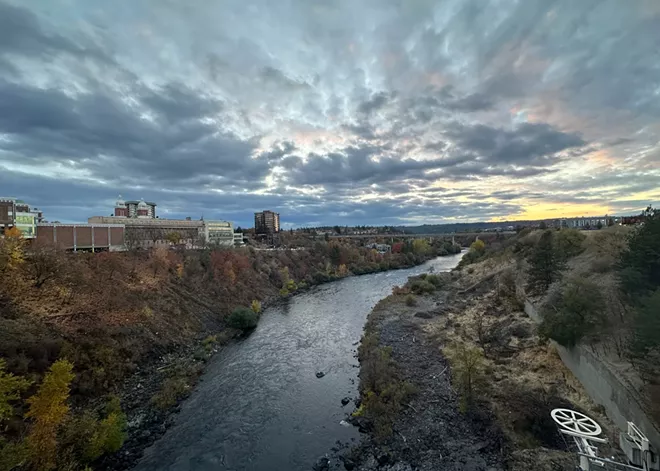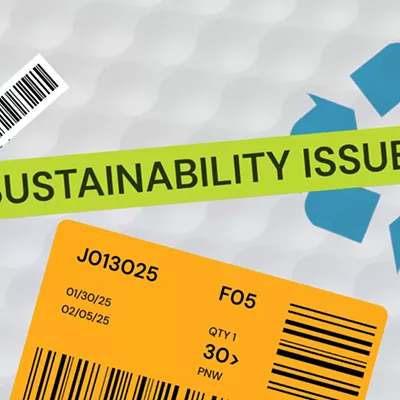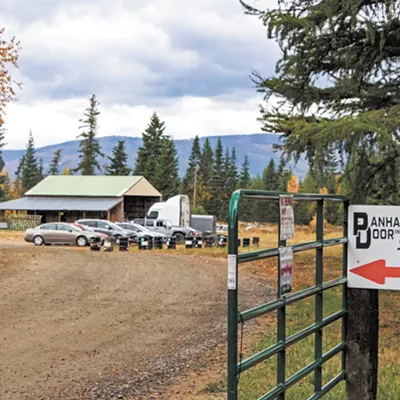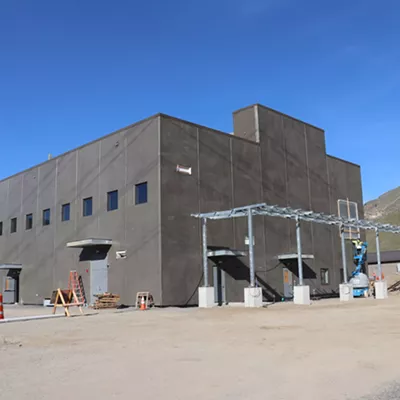
Nearly half a century ago, the Environmental Protection Agency used the Toxic Substances Control Act to ban the use and production of polychlorinated biphenyls, or PCBs. Experts found that the chemicals, which were generally used in industrial lubricants and paints, easily built up in the environment and could cause liver damage, reproductive issues and even cancer.
Though the chemicals are no longer produced, they still find their way into our waterways through industrial and municipal wastewater, stormwater and groundwater, according to the EPA. PCBs have been found in waterways nationwide, including the Spokane River, which was listed as "impaired" by the chemicals in 1996.
Now, after decades of work to reduce those contaminants in the river, and 13 years after a federal lawsuit was filed to require the EPA to limit the amount of PCBs allowed in the river, a Spokane River plan has finally been released.
Last week, the EPA published a total maximum daily load for PCBs that will limit the concentration of the chemical that's allowed in the river to 1.3 picograms per liter. Also referred to as a TMDL, the tool is a sort of pollution budget that quantifies the maximum amount of a specific pollutant that a water body can contain while still remaining safe.
Right now, PCB concentrations in the Spokane River range from 30 to more than 150 picograms per liter, depending on the location of the test, according to the EPA.
Washington state already has a standard for the allowable concentration of PCBs — 7 picograms per liter — however, EPA Region 10 spokesperson Bill Dunbar says it was important for the federal agency to implement the more stringent standard established by the Spokane Tribe of Indians in 2013.
"The most direct way people come into contact with PCBs is through eating fish," Dunbar says. "So we established a formula that said if the average American eats this much fish, they have this much risk of cancer."
Initial data showed the average American doesn't eat much fish, generally ingesting about a quarter of an ounce or "about the amount you could place on a cracker" per month, Dunbar says. However, when the data was made specific to Indigenous communities that have historically relied on fish for sustenance, that total jumped to more than 30 ounces of fish ingested per month.
To make fish safe for those communities, the total maximum daily load was set at a far more stringent threshold that is currently unattainable.
Normally, the state's Department of Ecology releases these types of pollution limits for waterways in the state — a TMDL for dissolved oxygen in the Spokane River, for example, was released in 2009. But due to a 2011 federal lawsuit from the Sierra Club's Upper Columbia River chapter and the Center for Environmental Law and Policy, the Spokane River TMDL for PCBs needed to be created by the EPA.
"We started this process early on in the 2000s, but the EPA eventually developed the TMDL as a result of that lawsuit," Ecology's Water Quality Manager Adriane Borgias says. "We're not part of that agreement, but you know, we still have that responsibility to work with local governments and businesses to ensure that the river meets water quality standards."
Now that the EPA has set the PCB limits, Ecology has been tasked with creating a plan to implement them on the river. Due to the ambitious restriction level, Borgias anticipates that her department's implementation plan will likely take years to complete, though she says work to reduce the contaminants can still be done before that plan is completed.
Reaching the EPA's goal is also complicated by technology limitations: Ecology is working to figure out how to test for the contaminant at such low concentrations. For context, Borgias says that detecting 1 picogram per liter would be equivalent to finding a single penny hidden somewhere in the state.
"We do have analytical standards and methodologies that we could get to around 170 picograms per liter, but to actually see something as low as 1 would be really difficult. We're talking about just molecules," Borgias says. "I don't think we can even calculate exactly how long that would be [to meet the EPA's limit]."
Without the technology to reduce PCBs to the required level in the short-term, the EPA will allow Ecology to gradually lower the concentration in the river by requiring upgrades at wastewater treatment plants, implementing stormwater controls, and enforcing more stringent PCB limits for the river's biggest polluters.
The top five PCB dischargers in our area are Kaiser Aluminum, Inland Empire Paper Company, and the wastewater treatment plants for Spokane County and the cities of Spokane and Liberty Lake.
These polluters have continued to reduce their PCB loads into the river, but it's still not enough to reach the new limit. Dunbar, with the EPA, thinks that the technology needed to detect minuscule PCBs in the river will be developed by the private sector in the next decade or so.
The EPA's plan has been a long time coming for local environmental groups, such as the Spokane Riverkeeper and the Sierra Club, which have spent more than a decade advocating for the pollution limit through community education, scientific research and legal action.
However, following the release of the TMDL, both groups expressed disappointment about the plan because they believe relying on water samples alone will not sufficiently reduce PCB levels in the river.
"The hope was that we would get something that addresses the critical concern around PCB contaminants within fish," Spokane Riverkeeper's Water Protector Katelyn Scott says. "The river has a fish advisory because of PCBs, and there isn't a plan for fish tissue testing or even sediment testing."
Scott explains that PCBs often accumulate inside the fish that eat the chemical (in other fish) as well as in the sediment at the bottom of the river. Without testing fish tissue or sediment, she says that the river will never have a chance to reach the EPA's lofty goal.
The EPA plan does have a provision that would include sediment testing behind Long Lake Dam, Scott says, but that's not where most of the contamination is.
"We know the highest concentration is near where the old General Electric site is [off Mission Avenue] and not at all down by Long Lake," she explains.
Borgias at Ecology says she understands Scott's concern, but she emphasizes that while the plan doesn't include these types of testing, it also doesn't exclude them from being used if the state agency decides they're needed. Borgias says the TMDL operates as more of a roadmap, so these other types of testing could ultimately show up in Ecology's implementation plan.
"This is a super complex problem that will take a long time to figure out what will work and how this will all actually come into play to improve our water quality. It's just a tool to help us get there quickly," Scott says. "We're hopeful, even though we feel this is insufficient, it does push us in the right direction." ♦
























